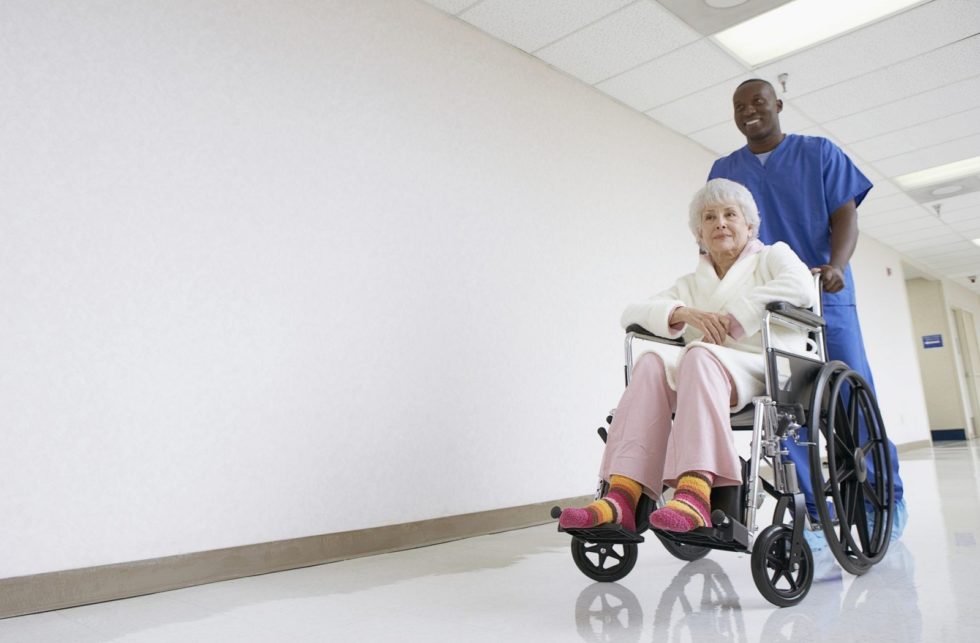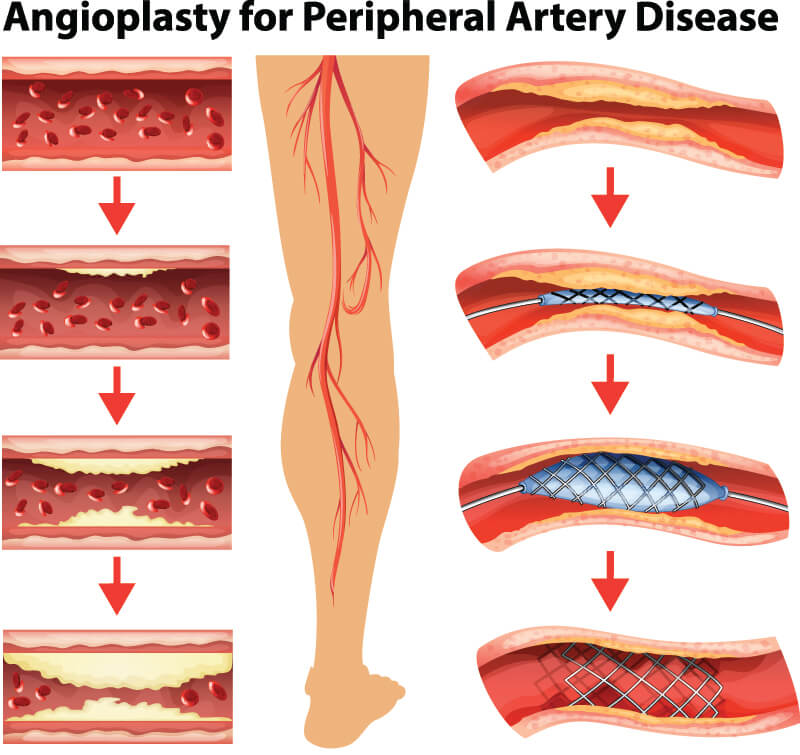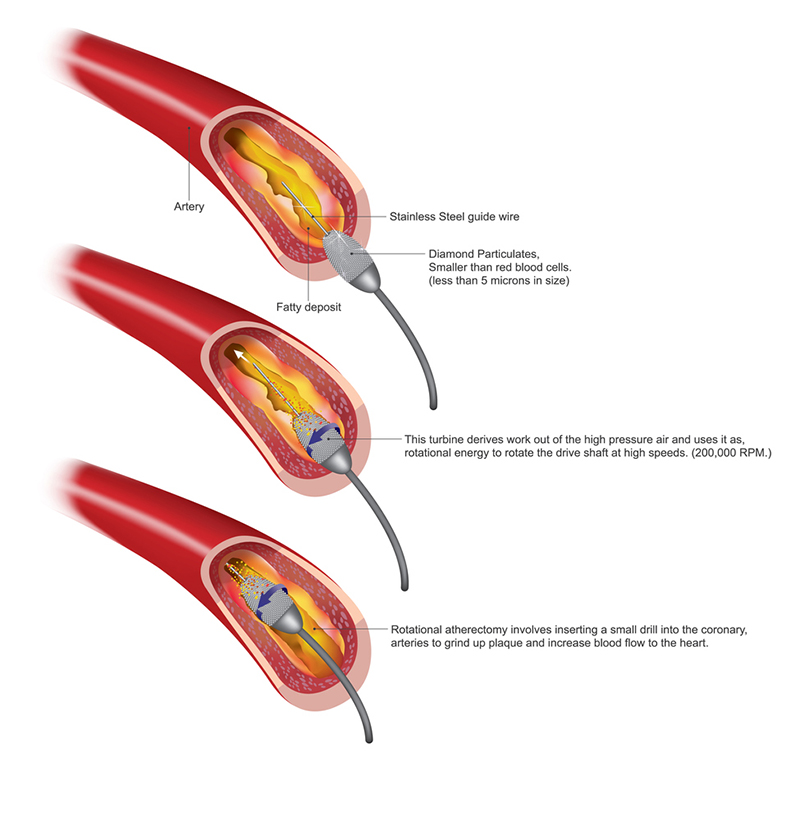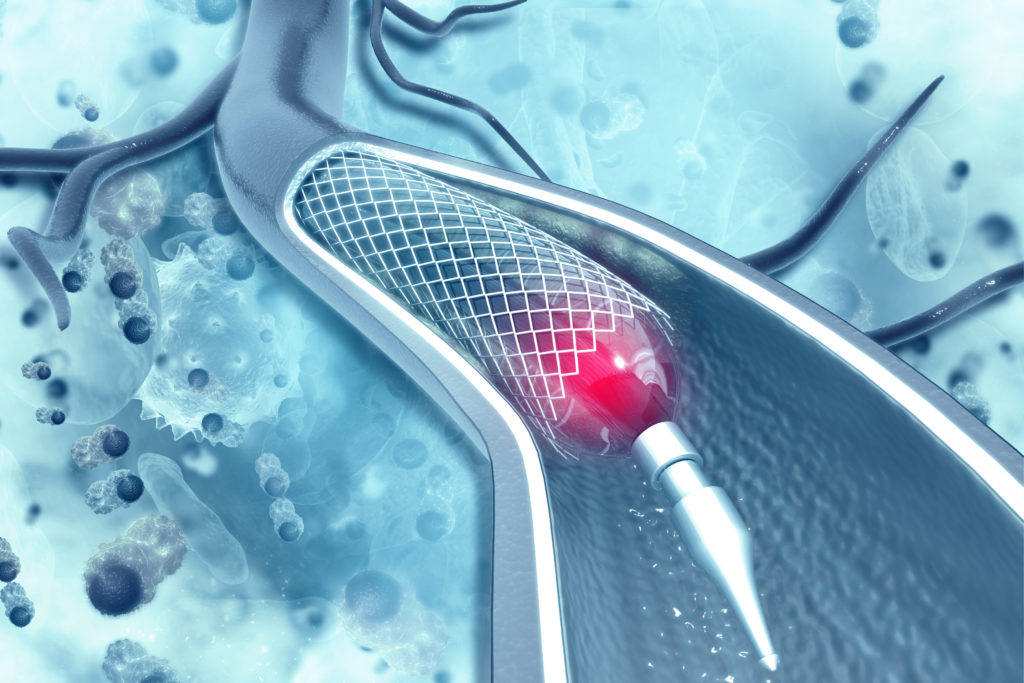Treating PAD to Prevent Leg Amputation
Author: StrideCare Internal Team


Preventing Leg Amputation Is Possible Even with These Symptoms
- Chronic wounds and open sores that won’t heal
- Debilitating leg pain while walking
- Skin color and texture changes in legs and feet
- Rash and leg hair loss
- Dry, scaly, flaky, itchy, or leathery skin
- Skin that is warm to the touch
- Aching in feet or toes when resting
- No pulse or weak pulse in legs and feet
- Cold legs and feet
What Is Peripheral Arterial Disease (PAD)?
Peripheral arterial disease (PAD) affects approximately 6.5 million people age 40 and older. It is characterized by a plaque buildup on the walls of the major blood vessels or arteries, causing them to narrow and lead to poor blood circulation to the kidneys, intestines, arms, legs, and feet. As a result, tissue and nerve injury or damage can occur.
The problem is that PAD symptoms aren’t as recognizable as, say, a heart attack. Therefore, many people don’t know they have it until it’s too late. The sluggish blood flow caused by PAD can start without symptoms. In fact, up to 4 in 10 people with PAD have no leg pain. The rest experience pain, aches, or cramps in one or both legs and feet and eventually can cause tissue death (gangrene) and the threat of leg amputation.
A few of the steps patients take to reduce risk factors for PAD include exercising, avoiding smoking, and eating healthier meals. Medications that lower blood pressure and cholesterol are also an important element to any amputation prevention plan. However, if left untreated, you could reach a state of “no blood flow,” which could put you at risk for leg amputation.
Causes of PAD include:
- Smoking
- Diabetes
- High cholesterol levels
- Obesity
- Cardiovascular disease
- Having a relative with a history of heart disease
- High blood pressure
Ways to Treat PAD and Prevent Leg Amputation
If your doctor tells you that the only option for your situation is leg amputation, it is advisable to seek a second opinion. Sometimes there are ways to prevent leg amputation—even for patients who are at an advanced stage—by clearing blockages in the arteries and veins and removing plaque that is causing decreased blood flow.
Here are a few minimally invasive treatments our expert physicians provide that can dramatically increase blood flow.
- Angioplasty
This procedure uses a balloon system to open up narrowed or blocked arteries and is one of the first procedures recommended to PAD patients. Your doctor will insert a catheter into the body through a small incision and advance it to the affected artery.

- Atherectomy
Rather than a balloon system, an atherectomy uses advanced laser technology to clear away plaque and any additional buildup of deposits on large blood vessels. An atherectomy can be performed by itself or in combination with angioplasty and stunting.

- Stenting
Stenting involves using a small mesh tube to keep a closed-off blood vessel open for the long term. This allows oxygenated blood to easily flow from the heart throughout the body and significantly reduces the chances of a blockage reoccurring.

Many patients experience relief after realizing limb salvage is possible. Here are just a few examples:
“After several vascular surgeons told me and my husband that, at age 43, amputation was his only option, Dr. Stein was very adamant that was not our only course of action. With the knowledge and technology they have, and extra extensive attention … my husband is walking home, on his own, pain-free.”
Audra H.
“I have been a patient of Stridecare for about 4 years. The prior vascular specialists had told me that I would lose my legs due to insufficient venous return. When I came to Stridecare they assured me that wasn’t happening on their watch. I also needed both knees replaced due to poor circulation and wear and tear. My world-renowned knee surgeon told me he couldn’t replace my left knee because there was not enough venous return to support the surgery. Due to the tenacity and persistence of Drs. Jaryd Stein and Danny Chan, Urvil Patel, Brandon, Megan, and the entire support staff my legs are fully functional. Their procedures enabled both knee replacements and have removed most of the heaviness in my legs allowing me to be somewhat athletic. I can’t thank you enough Stridecare!”
StrideCare Wants to Help You Avoid Leg Amputation
While leg amputation is the only option for many patients, it doesn’t have to be for everyone. By treating the underlying causes of your leg pain and chronic wounds—which may be due to vascular diseases like PAD—we can prevent leg amputation in many cases and give our patients a new lease on life.
Our expert doctors and caring staff at StrideCare utilize the latest technologies and minimally invasive procedures to help our patients with a variety of vein and artery diseases. The vascular physicians at StrideCare are board-certified diagnostic radiologists with additional fellowship training in vascular and interventional radiology.
Prior to starting any new treatment or questions regarding a medical condition, always seek the advice of your doctor or other qualified health provider. This information is not a substitute for professional medical advice.
StrideCare serves the South Texas area including Houston, San Antonio, Austin, Round Rock, Bastrop, Brushy Creek, Cedar Park, Converse, Georgetown, Hutto, Kyle, Leander, Marble Falls, New Braunfels, Pasadena, Pearland, Pflugerville, San Marcos, Schertz, Houston, Sugar Land, Katy, Webster, Bay City, Clear Lake, Lake Jackson, The Woodlands, Universal City, Spring, Kingwood, Stafford, Conroe, Texas City, Cypress, League City, Bellaire, and more.
*Patient stories are true. Names and/or photos may be changed to protect patient confidentiality.


